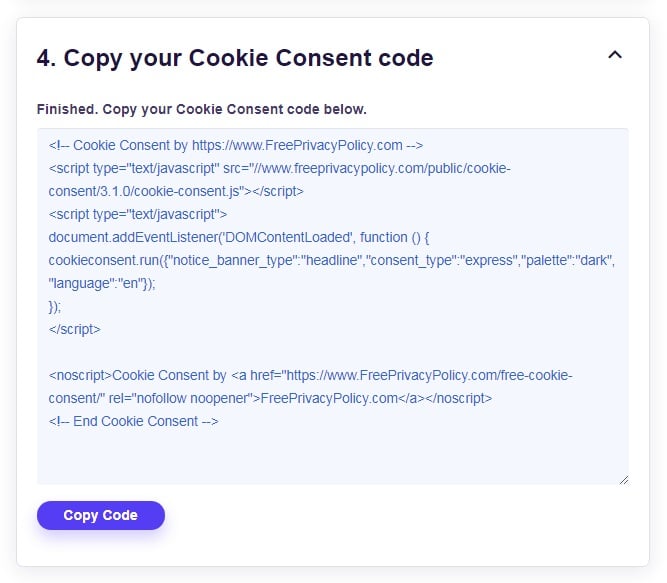
The Cookie Conundrum: Navigating Privacy in the Digital Age
In our fast-paced digital world, almost every website I visit prompts me to accept cookies before I can explore its content—an increasingly familiar dance that we all know too well. With platforms like Yahoo and AOL at the forefront, it becomes imperative to understand how cookies work and what they mean for our privacy.
 Exploring the nuances of digital privacy
Exploring the nuances of digital privacy
What Are Cookies, Anyway?
At their core, cookies are small data files that websites place on your device. They are essential for storing information that enhances our browsing experience. From remembering login credentials to measuring site performance, cookies serve various purposes. However, many of us don’t realize the extent to which they collect personal data, such as location and browsing habits, primarily for targeted advertising.
This collection leads us to question the fine line between personalization and invasion of privacy. Visiting a news website, for example, could lead to ads for local services appearing seamlessly in your feed. Simultaneously, the understanding that this personal data collection is happening creates an unsettling feeling. I often debate whether enhancing user experience justifies the compromise of my personal information.
Consent: Are We Truly Given a Choice?
When faced with cookie consent banners, we often find ourselves in a rush to get to the content. Clicking “Accept All” seems like the quickest route, but I always make an effort to revisit my consent choices. The options range from allowing all cookies to rejecting them entirely, but the nuance of choice is deceiving. Many users, unaware of the implications, might feel pressured into acceptance, prioritizing convenience over security.
“Every click counts, but do we truly know what we’re consenting to?”
As someone who values privacy, I’ve started taking time to explore my privacy settings, often finding that websites have myriad partners involved in data collection, each with their own policies. This complexity leads me to ponder: are we completely in control of our data, or have we just learned to navigate a labyrinth of consent forms?
 The maze of consent in digital landscapes
The maze of consent in digital landscapes
The Role of Third-Party Partners
The presence of partners in this digital ecosystem adds another layer of intrigue. Websites like Yahoo collaborate with various ad networks that significantly enhance their reach. By accepting cookies, I unknowingly allow not only the primary site but also a variety of partners to harvest my data for varied purposes—most notably, personalized advertising.
Flashy ads tailored to my interests might seem appealing, yet I sometimes wonder if it has crossed a moral line. There’s something unsettling about algorithms predicting our needs with such accuracy. I have even noticed how after searching for a particular item, the very next day, ads for that product fill my screen—an eerie reminder that my digital footprint is being watched.
The Balance Between Functionality and Privacy
While I appreciate the convenience that cookies bring—such as staying logged into my accounts or receiving tailored recommendations—I can’t ignore the price of such functionality. I often find myself balancing the need for browsing efficiency with my growing concerns about digital privacy.
Revamping privacy policies has become paramount for organizations striving to protect user data. With growing scrutiny from regulators and increased awareness among users, it’s crucial for companies to adopt transparent data use policies. I often check the privacy statements of websites instead of just accepting terms blindly. Knowing how my data is processed is empowering, even if it sometimes feels like reading the fine print of a service agreement.
 The web of digital advertising
The web of digital advertising
Proactive Steps Toward Enhanced Privacy
For anyone like me who wishes to take a more proactive approach to digital privacy, various tools are available. Browser settings allow for cookie management, and there are privacy-focused extensions designed to block unwanted trackers. Additionally, it’s worth spending a few minutes reviewing the privacy settings of the apps and services I use regularly.
Moreover, subscribing to newsletters that focus on digital rights and privacy can further empower my choices. Discussions surrounding data rights have gained traction, and I find solace in knowing that I’m not alone in this battle for digital sovereignty.
The Future of Our Digital Footprint
As we move further into this advanced digital age, it is crucial for users to remain informed about our choices regarding cookies and personal data use. The technology at our disposal should serve us, rather than the other way around. While the intricacies of cookies and tracking are commonplace, the implications of consent and privacy are monumental. We need to advocate for more robust protections and refuse complacency.
In conclusion, the cookie conundrum signifies a larger issue for our society—a continuous negotiation between convenience, functionality, and privacy. Every user must find their equilibrium while utilizing the services offered today safely.
Regaining agency over my digital presence starts with understanding how cookies work, the consent I give, and the partners involved. Through awareness and proactive measures, it’s entirely possible to navigate this digital landscape while ensuring that my privacy remains intact.
Taking a Stand
Ultimately, it’s about more than just cookies; it’s about how we define our digital interactions moving forward. Whether I’m opting out, reviewing my settings, or exploring privacy-focused alternatives, I am constantly reminded that informed choices pave the way for a safer digital environment for all.
 Charting the future of data privacy
Charting the future of data privacy















